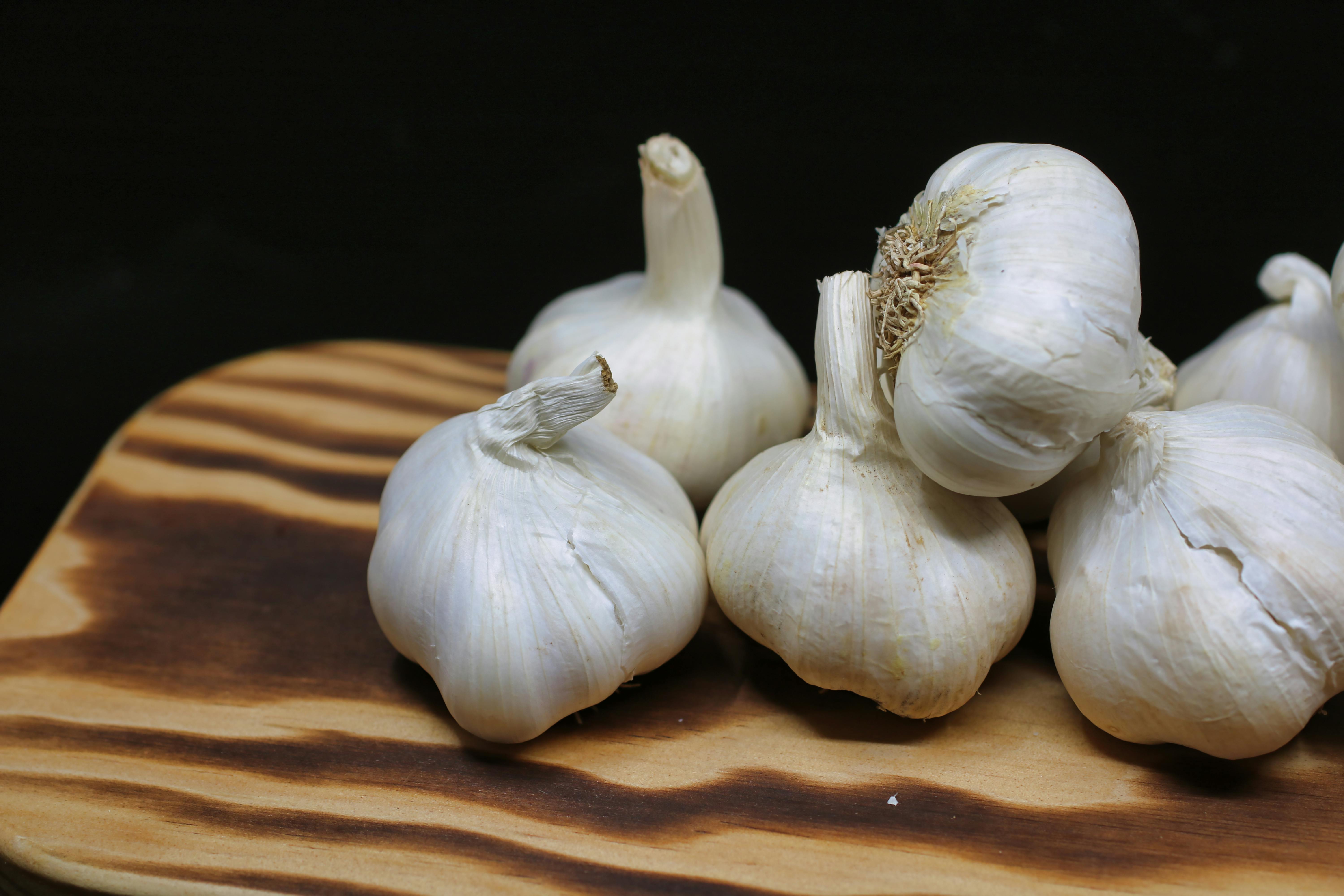Eat garlic for your health
It may be worth risking a little bad breath for the nutritional benefits of this ancient health food.

The ancient Greek physician Hippocrates once said, “let food be thy medicine and medicine thy food.”
Garlic, originating in Asia, has been grown and eaten for its nutritional and medicinal properties for over 5,000 years. With his quote, Hippocrates was speaking about prevention, and garlic is one of the most universally used foods for both consumption and disease prevention. Garlic is an herb in the onion (Allium) family that is commonly used in the U.S. as a spice or additive. Recently, garlic has been gaining popularity for its antioxidant properties, which can decrease inflammation and help repair damage caused by free radicals which may decrease the risk for heart disease and cancer.
Garlic is a good source of potassium, which helps with muscle contraction and heart function. It also contains selenium that our bodies use in reproduction and deoxyribonucleic acid, or DNA, production. The mineral manganese can also be found in garlic and is used by the body for building strong bones and maintaining a healthy immune system.
Research continues to determine the best way to take advantage of garlic’s benefits, whether through supplements, consuming it raw, lightly sautéed, roasted, tinctures (concentrated herbal extracts), essential oils, etc. While one preparation method is not currently recommended over another, one popular way to eat garlic is garlic bread style. To do this, follow the steps below:
- Chop one clove of garlic.
- Mix with a teaspoon of oil.
- Toast a piece of whole-wheat bread.
- Spread the garlic/oil mixture on the toast while it is still warm.

You can also sauté garlic. Michigan State University Extension recommends sautéing vegetables such as mushrooms, summer squash, and onion before adding garlic. Garlic should be added to the pan for just a few seconds to a minute at the end of cooking, so it is slightly browned but not overcooked. More vegetables mean more vitamin C, which helps to heal wounds and keeps our immune system healthy.
Sometimes, eating raw garlic produces a “hot” flavor. If you want to avoid this flavor, you may have to shop around. There are two different types of garlic:
- Softneck garlic, which is commonly found in grocery stores, or as garlic braids. It has a long shelf life but its flavor may not be as strong.
- Hardneck garlic, which produces edible garlic scapes (a “flower” like stalk). Its cloves are more pungent.
There are many varieties of garlic grown that are sweeter, less pungent, hotter, less hot and come in different colors and sizes. The best place to find these other varieties is at farmers markets or in specialty produce stores. In Michigan, garlic is typically harvested from July through August.
Can’t get enough garlic? For more information about using and storing garlic, visit Michigan State University Extension's Discover Michigan Fresh website.



 Print
Print Email
Email




